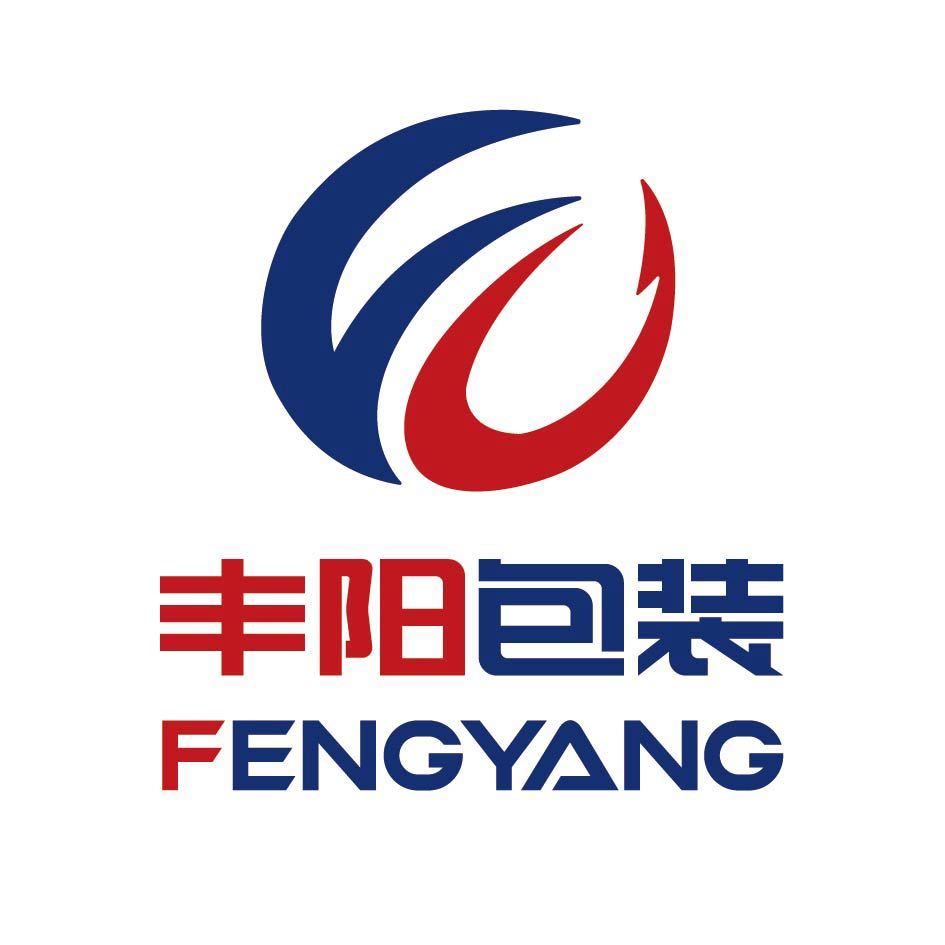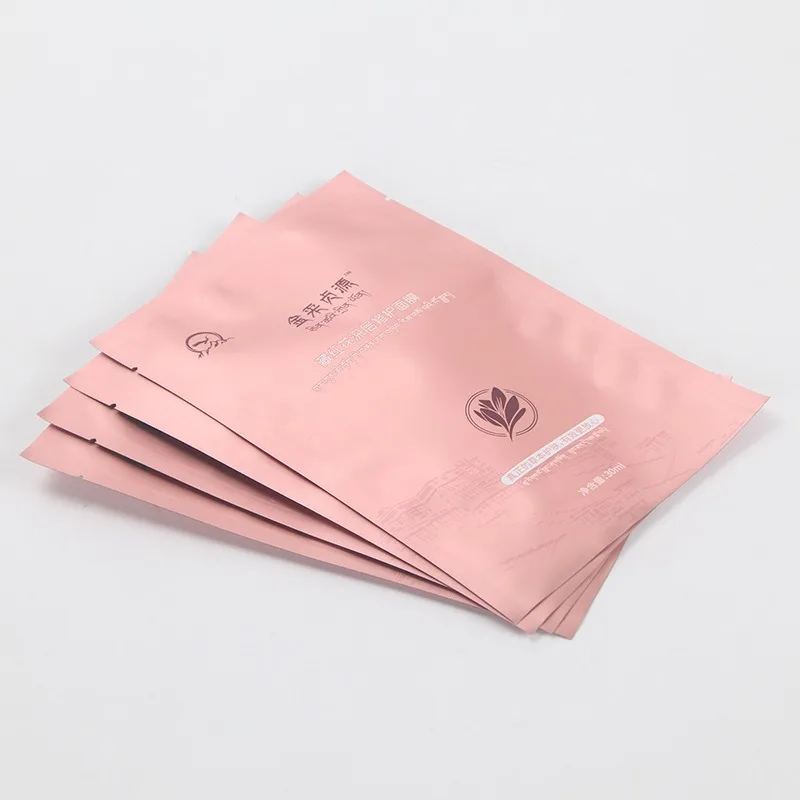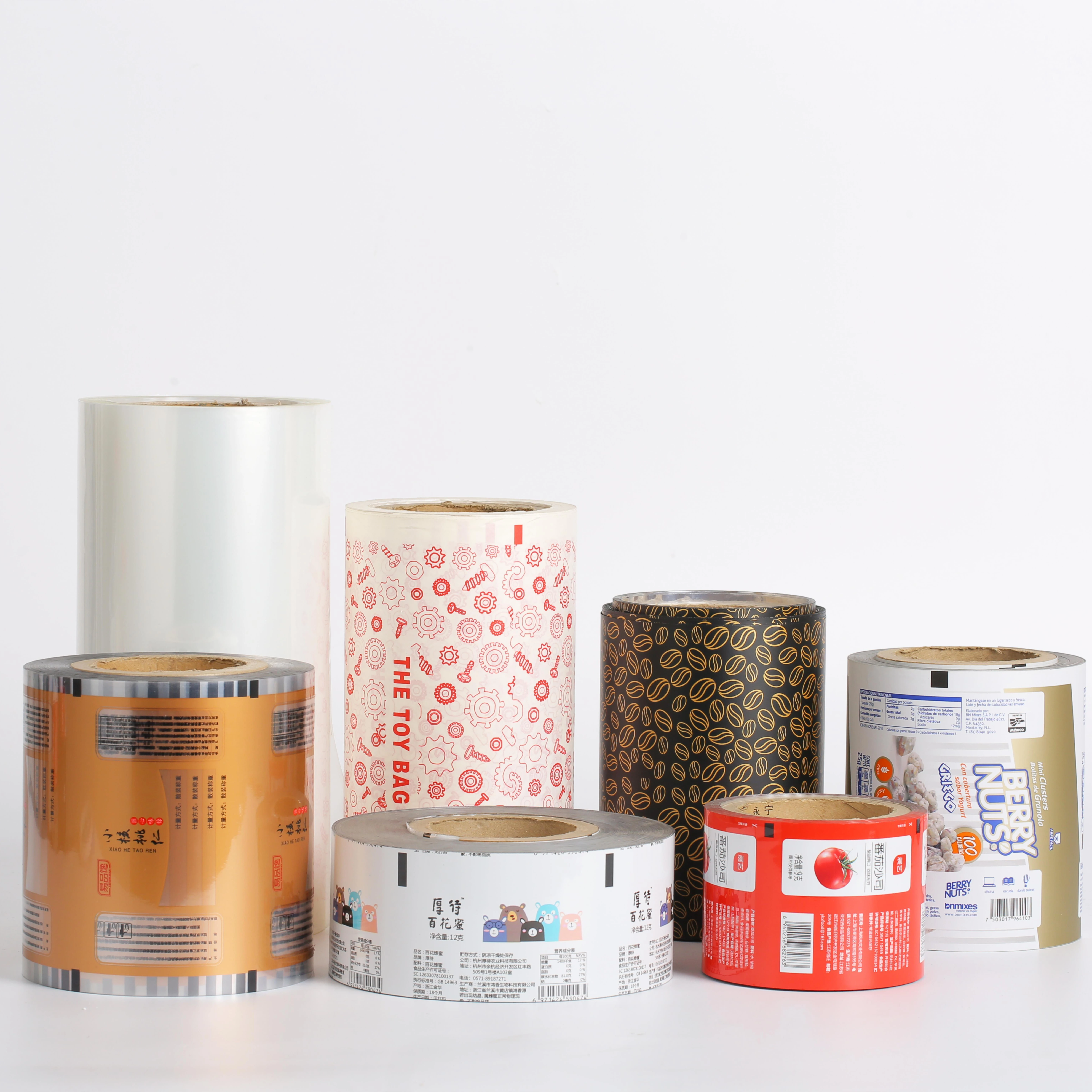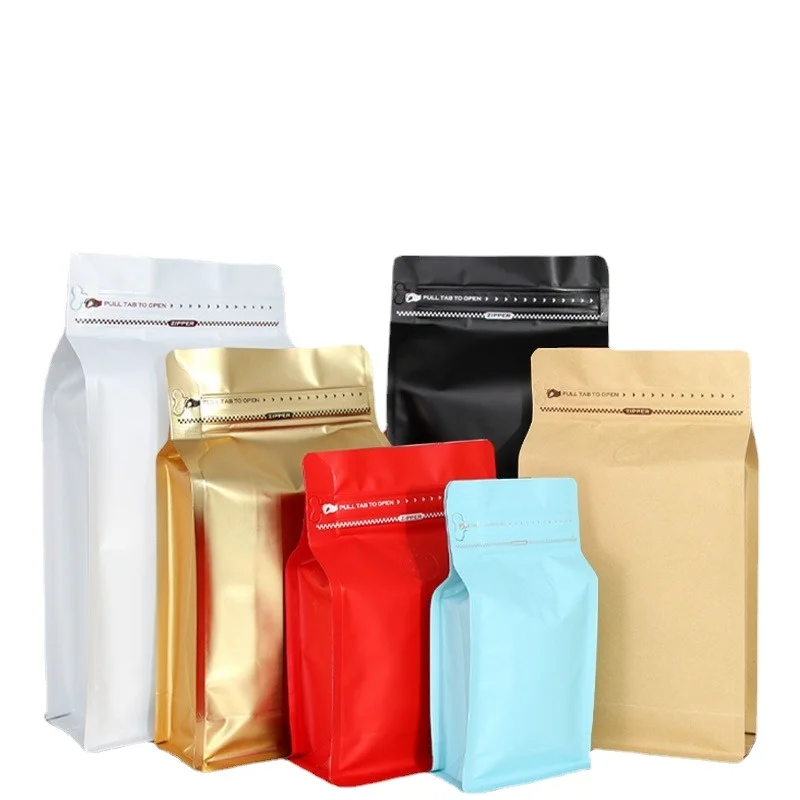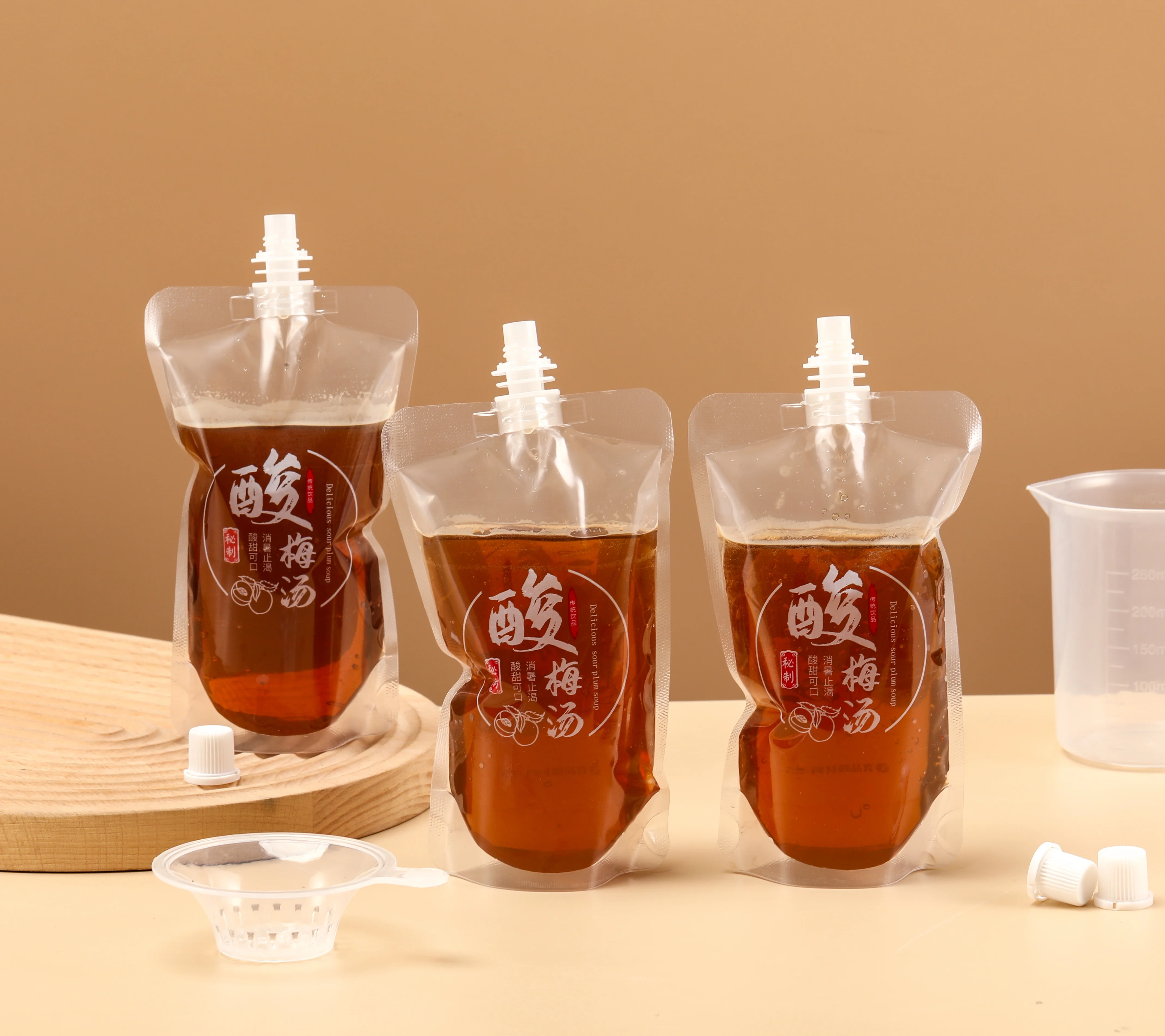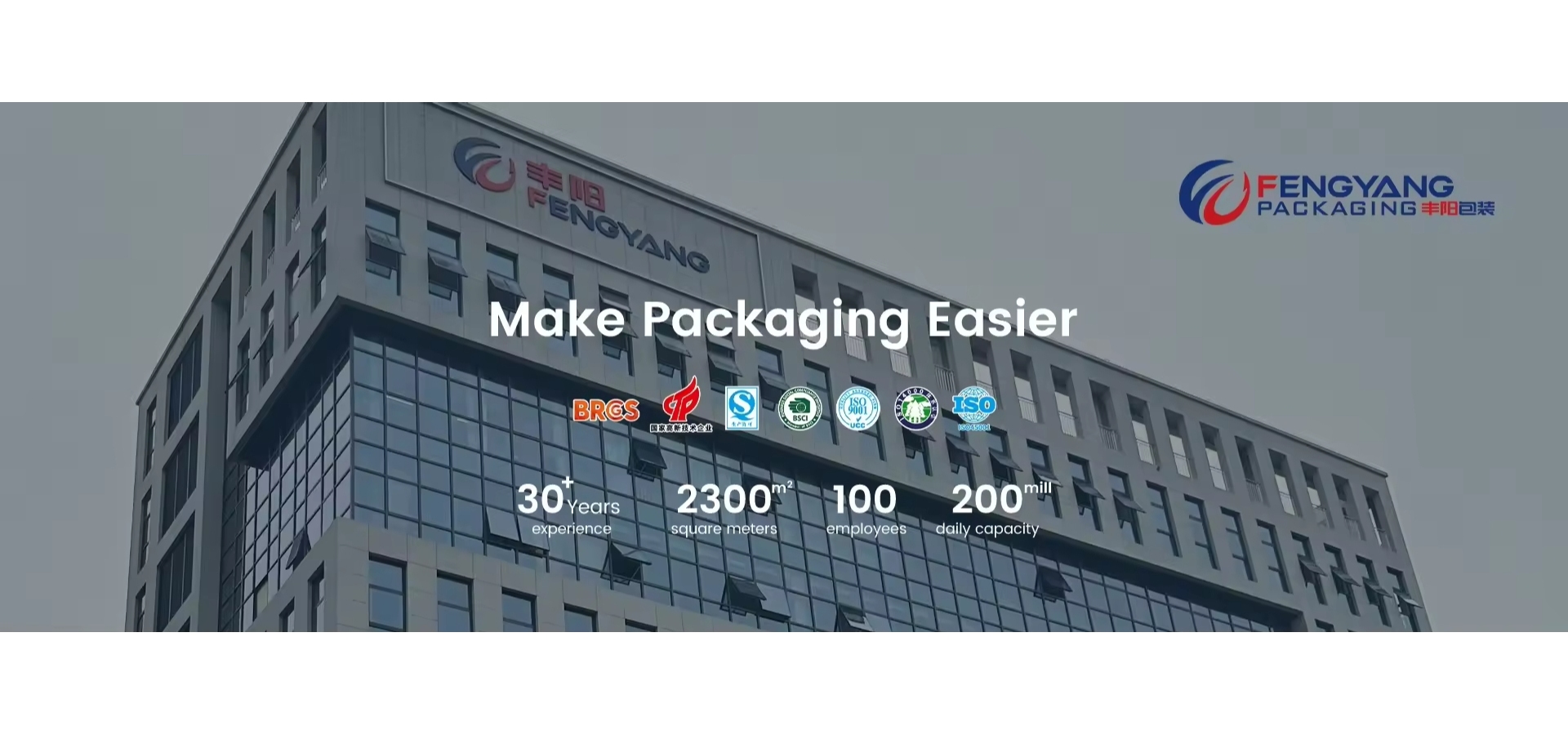
ABOUT
Wenzhou Fengyang Packaging Co., Ltd. is located in Cangnan County, Wenzhou City, Zhejiang Province, China's packaging and printing city. Founded in 2016, the company has a registered capital of 55.51 million yuan, an annual output value of 300 million yuan, a building area of 23000 square meters, more than 100 employees, a team of technical R&D engineers with 10 years of experience, and more than 10 patents for various packaging applications. It is a national high-tech enterprise in China and a technology-based enterprise in Zhejiang Province. The company has been focusing on the research and development and production of functional packaging products such as high barrier, light and heat avoidance, low-temperature freezing, high-temperature steaming, recycling, and degradability. The company has passed IS09001 quality management system certification, IS022000 food safety management system certification, etc. The products have passed multiple authoritative tests such as SGS,BSCI, and the materials comply with US FDA and EU standards. It is a technology-based manufacturing enterprise that integrates research and development, design, production, sales, and service.The company can support OEM, ODM customization, the main production of coffee bags, dog food bags, suction bags, self-supporting zipper bags. The company with excellent quality, good service, timely delivery to win the trust of customers at home and abroad.Thanks for the recognition of domestic and foreign customers, welcome to visit our factory at any time.
PRODUCTS
What are the main materials used for coffee bags
The Outer Layer: Barrier Films
The most crucial component of a coffee bag is its outer layer, responsible for protecting the coffee from external elements like oxygen, moisture, and light. These factors can significantly impact the aroma, flavor, and freshness of the coffee beans. Therefore, the outer layer typically employs specialized barrier films. These films are often made from a combination of materials, carefully chosen for their specific barrier properties.
One common material is polyethylene (PE), a versatile plastic known for its flexibility and low cost. However, PE alone isn't always sufficient for optimal protection. Therefore, it's often combined with other materials to enhance its barrier properties. For example, metallized polyethylene, where a thin layer of aluminum is applied to the PE film, provides superior protection against light and oxygen. This type of film is widely used in coffee bags aiming for extended shelf life.
Another increasingly popular option is biaxially oriented polypropylene (BOPP). BOPP offers a good balance of strength, clarity, and barrier properties. It's often used in combination with other materials to further enhance its performance, particularly in reducing oxygen permeability. The choice between metallized PE and BOPP often depends on cost considerations and desired levels of protection.
Inner Liners: Foil and Paper
While the outer layer protects against external factors, the inner liner focuses on maintaining the coffee's aroma and preventing direct contact with the bag's outer plastic. This is crucial because plastic can sometimes impart undesirable odors or tastes to the coffee. Foil liners are a common choice for this inner layer. Aluminum foil offers an excellent barrier against oxygen and light, helping to preserve the coffee's freshness and volatile aromatic compounds.
Alternatively, some coffee bags utilize paper as the inner liner. This option appeals to consumers seeking more eco-friendly packaging choices. However, paper alone doesn't offer the same oxygen barrier as foil, so it often requires a special treatment to enhance its protective qualities. This can include coatings or laminations that improve its resistance to moisture and oxygen permeation. The use of recycled paper is also becoming increasingly prevalent.
Valves: One-Way Degassing
Many coffee bags incorporate a one-way degassing valve. This valve allows carbon dioxide (CO2), a naturally occurring byproduct of roasted coffee beans, to escape from the bag without letting oxygen in. This is crucial because trapped CO2 can cause the bag to inflate and potentially compromise the coffee's freshness. These valves are typically made from a combination of materials designed to allow the passage of CO2 while preventing the entry of oxygen and other gases.
The valve's design plays a critical role in its effectiveness. The materials used need to be both durable and flexible, capable of withstanding the pressure changes as CO2 is released. The valve's size and number also influence its overall performance. The precise specifications of the valve material and design are often proprietary to the manufacturers.
Sustainability Considerations
The environmental impact of coffee packaging is a growing concern. The use of plastics in coffee bags raises questions about sustainability. Manufacturers are increasingly exploring eco-friendly alternatives, such as compostable materials derived from renewable sources like plants. These biodegradable bags often utilize materials like PLA (polylactic acid) or other bioplastics in their construction. However, the performance and cost of these materials are still being optimized to match the barrier properties of traditional plastics.
The future of coffee bag materials likely lies in a combination of innovation and responsible sourcing. Finding the right balance between effective protection, cost-effectiveness, and environmental sustainability remains a key challenge for the industry.
SUBSCRIBE
INQUIRY
